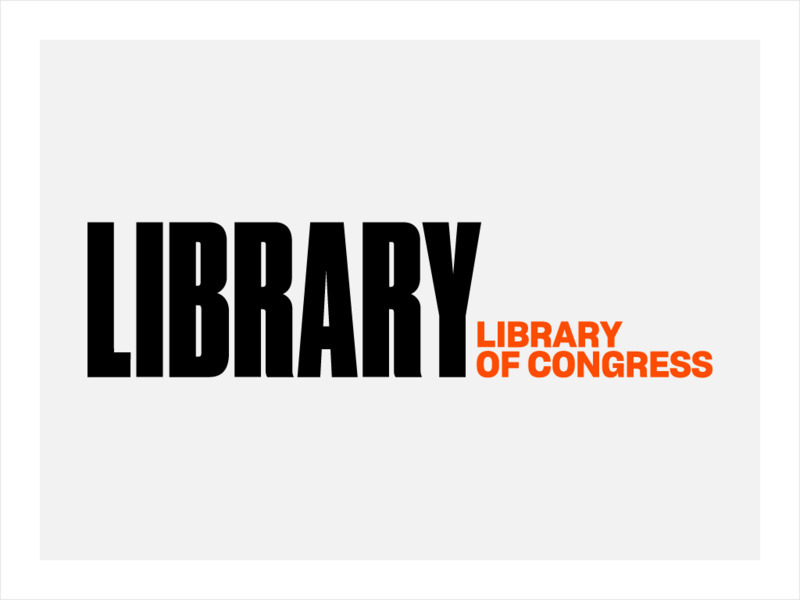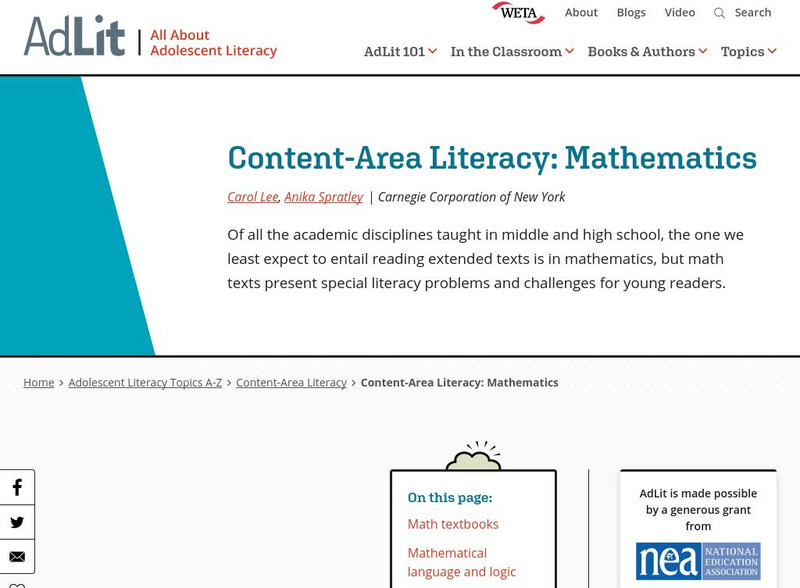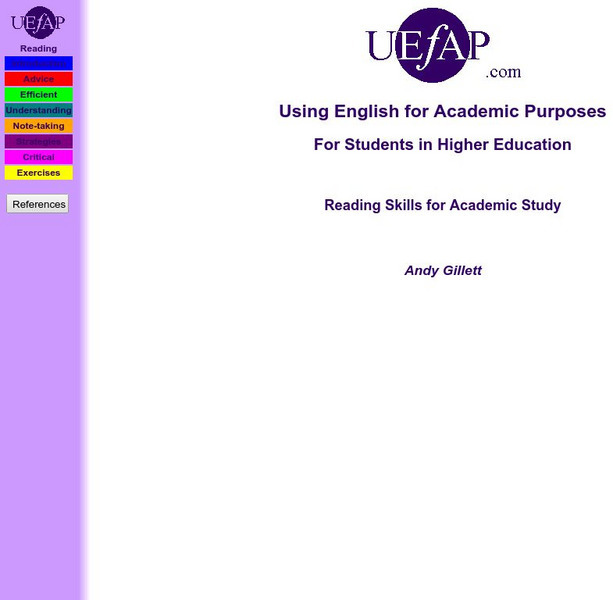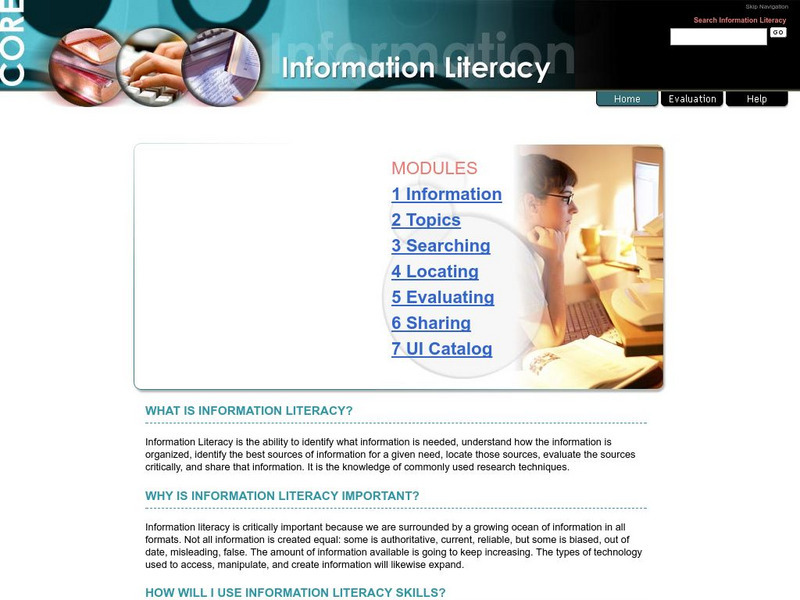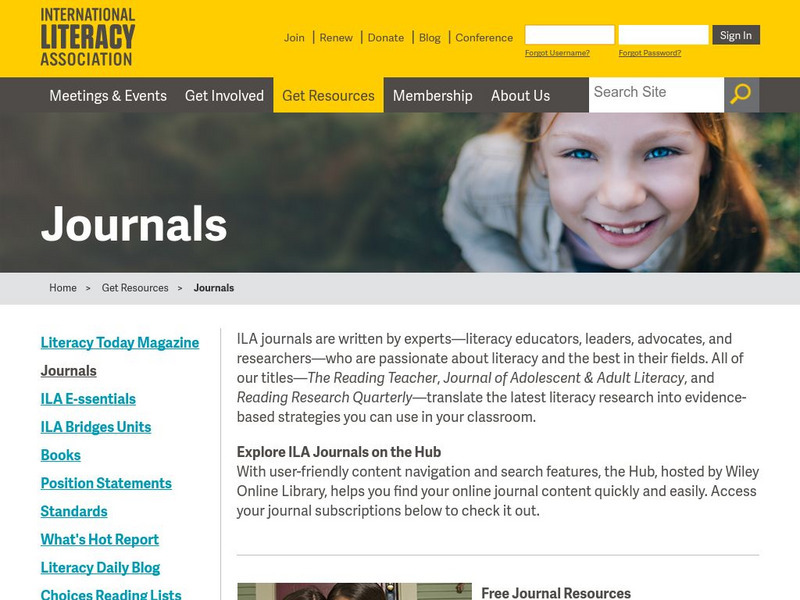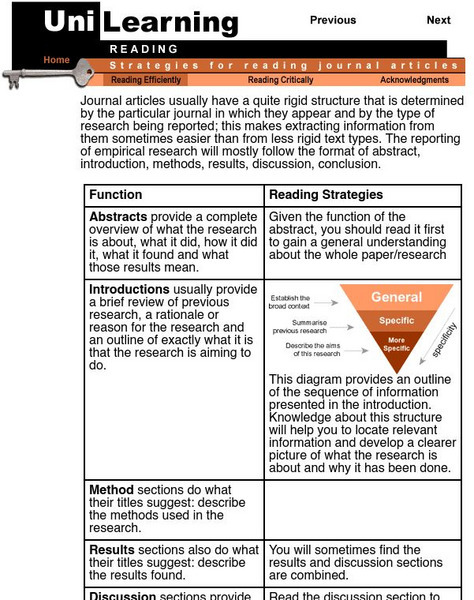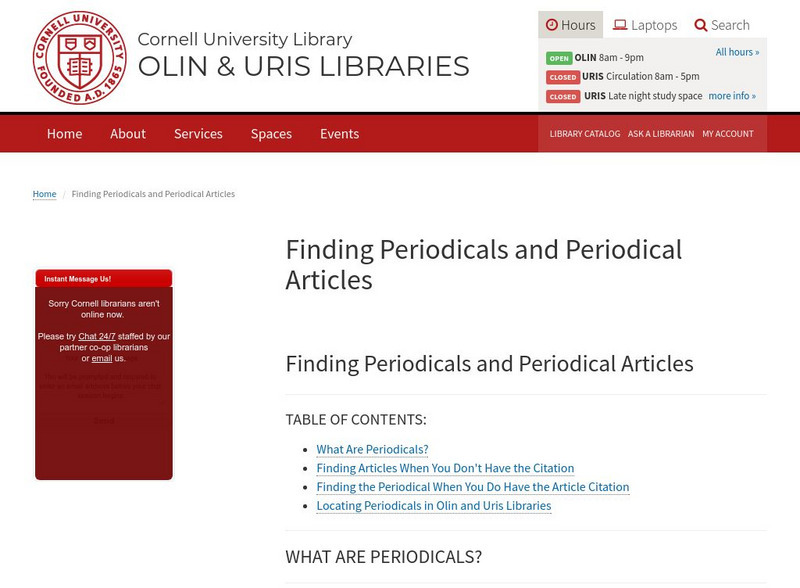Library of Congress
Loc: Creating a Primary Source Archive: All History Is Local
A lesson plan where young scholars collect local primary documents and examine the interplay between national, state, local, and personal history.
Digital History
Digital History: An Intro to the Study of History: The Four Questions [Pdf]
How does one study history? Find four basic questions that historians use to examine events in an effort to explain them and put them in historical context. By examining the Battle of Lexington and Concord, students can practice using...
Digital History
Digital History: Social Class in Colonial America [Pdf]
By examining primary sources such as diaries and tax records, and a chapter from a secondary source, learn about the social classes apparent in colonlial America. Suggested student exercises guide crtitical thinking assessment of the...
Library of Congress
Loc: Change in Early 20th Century America: Doing the Decades
This unit provides a flexible investigative structure for the study of selected themes in U.S. history and culture using the American Memory collections and related resources. Core goals are the development of relationships between...
National Endowment for the Humanities
Neh: Edsit Ement: Using Historic Digital Newspapers for National History Day
In this lesson plan, students will consider "Using Historic Digital Newspapers for National History Day." The plan includes worksheets and other student materials that can be found under the resource tab.
AdLit
Ad lit.org: Content Area Literacy: Mathematics
Of all the academic disciplines taught in middle and high school, the one we least expect to entail reading extended texts is in mathematics, but math texts present special literacy problems and challenges for young readers.
US National Archives
Nara: History in the Raw
Site offers excellent reasons to approach history by using primary documents -- diaries, letters, drawings, and memoirs. Also gives teachers suggestions on where to find great sources.
Cynthia J. O'Hora
Mrs. O's House: Mystery Object Challenge
With a brief story and photo of an image, students will do some digging to figure out how old the object pictured is and the history behind it.
Polk Brothers Foundation Center for Urban Education at DePaul University
Depaul University: Center for Urban Education: K Plus (Spanish) [Pdf]
Translated into Spanish, this graphic organizer can be used by student to collect facts about a topic. Students will collect information but record the "gold standard" of facts only.
Other
George W. Bush Presidential Library: Teaching Primary and Secondary Sources
This comprehensive lesson plan provides a fact sheet, reusable worksheets, source scenarios, and assessments.
Other
Integrated Public Use Microdata Series
Census data is available here for extraction in various configurations--provides a resource for math and social studies collaboration analyzing and sorting data.
Other
Education Update Online
Education Update publication dealing exclusively with topics in education.
Other
Richard Phillips: Making Maps Easy to Read
This geography research project surveys factors that make maps easy to read and to use.
Other
Speech, Music and Hearing: Historical Linguistics
A brief definition of the term historical linguistics and its sub-disciplines. This site is a good starting point for studying and comparing languages
Other
Reading Skills for Academic Study
Designed for university students in the United Kingdom but applicable to English and advanced ESL students in other countries, this tutorial provides strategies and skills for required academic reading loads.
Broward Education Foundation
Broward Education Foundation: Budget Technology [Pdf]
Students will be divided into pairs and given a $1000 budget (imaginary) to create a project focusing on their area of interest within the school curriculum that will include a culminating audio/visual presentation. They must write an...
Other
Yukon College: Reading & Writing Academic Articles [Pdf]
This detailed guide provides background information about the purpose and structure of journal articles, then walks the reader step-by-step through the reading process. Additional resources are included.
Other
University of Idaho: Information Literacy
This learning module focuses on Information Literacy including internet basics, locating, evaluating, sharing, and documenting information.
ReadWriteThink
Read Write Think: I Search Chart
A printable inquiry search graphic organizer to help students organize questions and sub questions while working through the research process. Directions on how to use this type of graphic organize as well as lists of teaching ideas and...
International Reading Association
Reading Online: Content Area Literacy Lessons Go High Tech
Research and ideas about the use of technology to aid in reaching content area literacy goals.
Other
Hsi: Historical Scene Investigation: Sam Smiley
Students perform an historical investigation by unraveling the mystery of Sam Smiley's demise.
Microsoft
Microsoft: Map Reading in the 21st Century
Students learn how to make informed use of new digital mapping information and tools. Learners create hands-on learning experiences for understanding the relevance of maps. The lesson plan consists of student activities, resources,...
Other
Uni Learning: Strategies for Reading Journal Articles
Clear explanation of how journal articles tend to be structured, as well as tips for extracting information from each part. Includes sample, color-coded exercises.
Cornell University
Cornell University: Finding Periodicals and Periodical Articles
This resource offers a good look at periodicals as a source of information, and offers help for finding articles in a variety of situations.



![Digital History: An Intro to the Study of History: The Four Questions [Pdf] Website Digital History: An Intro to the Study of History: The Four Questions [Pdf] Website](https://d15y2dacu3jp90.cloudfront.net/images/attachment_defaults/resource/large/FPO-knovation.png)
